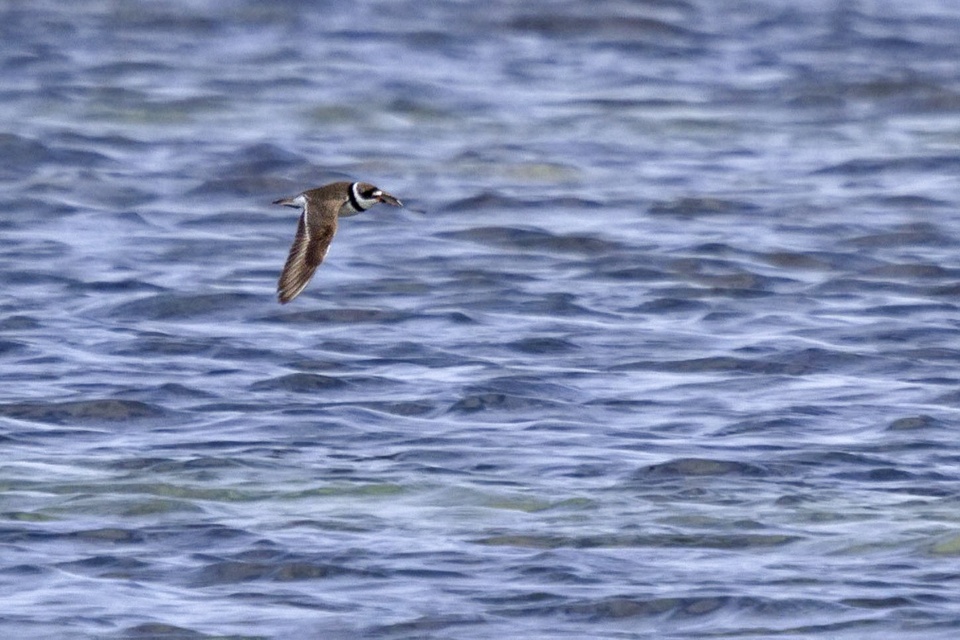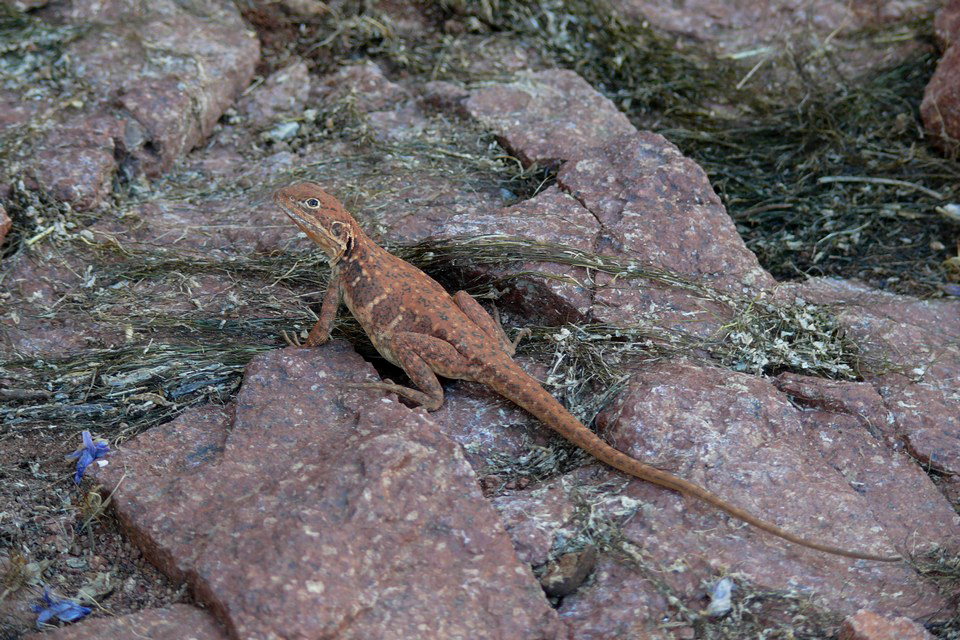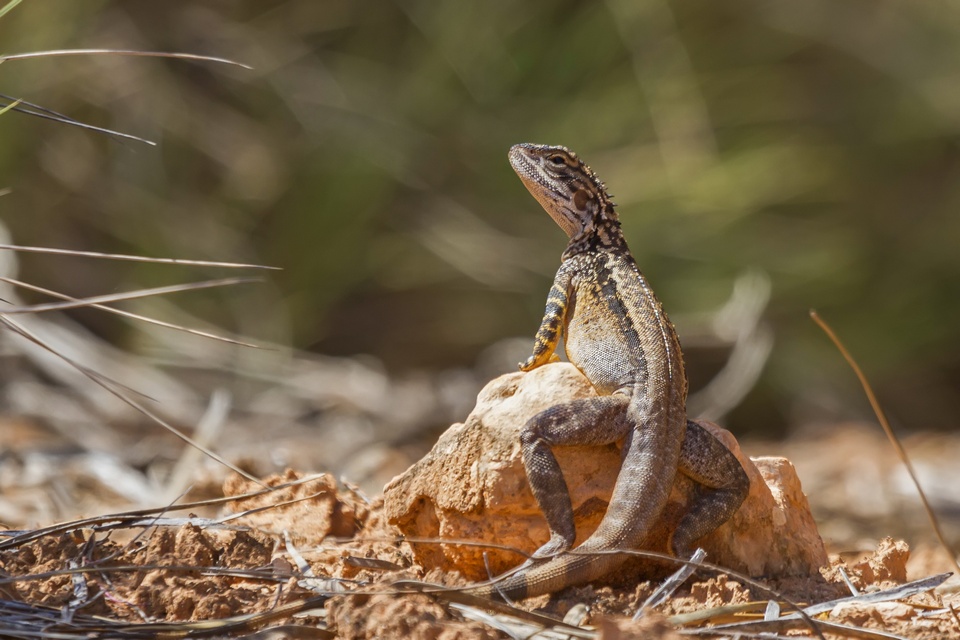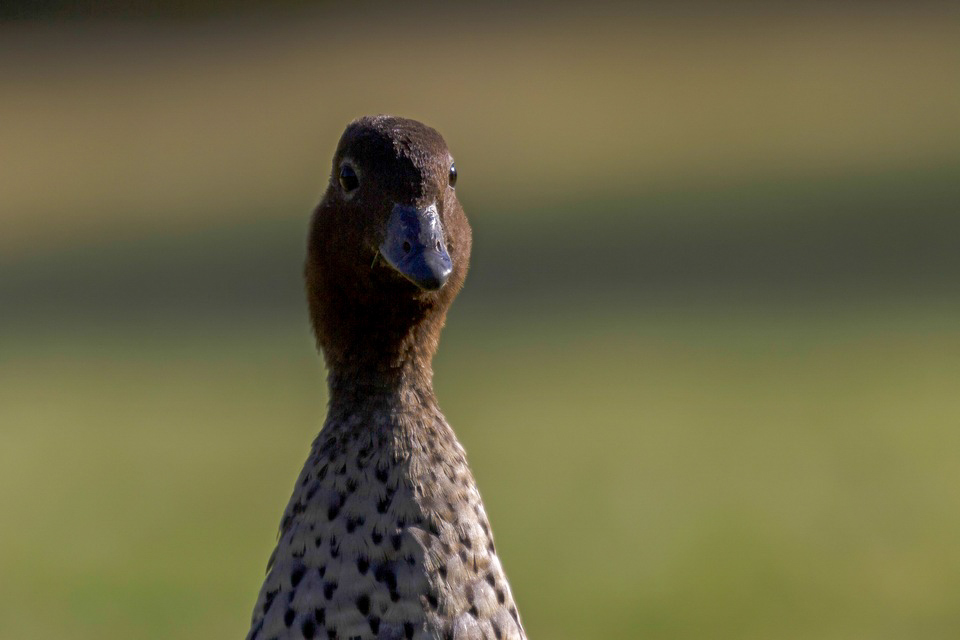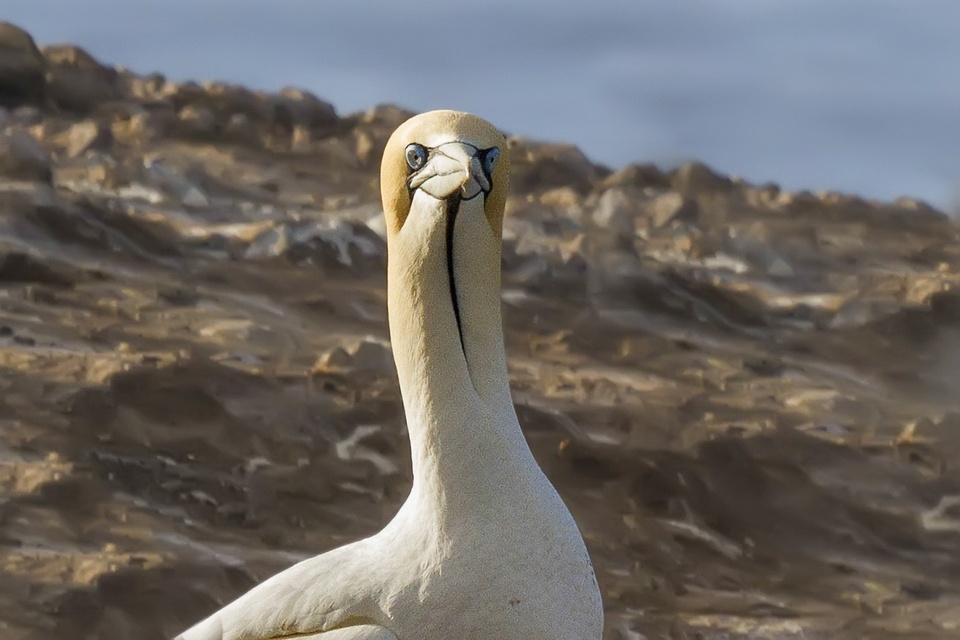Last weekend I decided to try and photograph the
Semi-palmated Plover in SE SA. I drove
for 6 hours and on arrival met some of my friends, Kevin, Scott and James at
Carpenter Rocks . We searched the area, locating the bird after about an hour
– This bird was easy to ID with yellow eye-ring, tons of webbing between outside toes on bird's right foot, stubby dark bill with small orange base, plenty of white extension into lores above the gape and thick black fore head band.
It was windy and overcast but thankfully that did not stop us getting some photos. We all had good views and enjoyed some time exploring the reef.
They then talked me into twitching the Long-billed Dowitcher at Lake Tuchewop, Vic - this bird Is a first for Australia so I did not need much persuading and I was soon on the road again.
It was windy and overcast but thankfully that did not stop us getting some photos. We all had good views and enjoyed some time exploring the reef.
They then talked me into twitching the Long-billed Dowitcher at Lake Tuchewop, Vic - this bird Is a first for Australia so I did not need much persuading and I was soon on the road again.
Semi-palmated Plover
Kevin
Scott
Fairy Tern
I phoned my friend Vik for more details as I was not
prepared for this part of the journey, thankfully he generously looked up some details for me and I made some quick notes. I also contacted my birder mates Ruth
and Paul who decided to meet me there. My friends arrived a few hours before me
and they located the Long-billed Dowitcher. They texted me which I appreciated but it added to my pre-birding tension! I finally
arrived after driving for nearly 7 hours but the bird had flown
30 minutes before I got there.
Ruth, Paul Tim and I all booked into a motel nearby and went
out to a lovely restaurant to celebrate their success (and to drown my sorrows).
They tried to reassure me that I’d find
it the following morning and I tried to believe them… It was an enjoyable
evening with good company which did make me feel better.
6am Sunday morning I headed back to the lake & met up with Ian, Fiona and Tom, followed by Mark. We hiked
half way around the lake before Ian and I decided to turn back.
We had walked about half way back to where we had started when we stumbled across the bird – we got brief scope views where the breeding plumage was obvious. I immediately phoned the others, just as the bird flushed flying back towards them. Much scampering resulted in us all meeting in the middle where by this time the bird was happily feeding on the waters edge, seemingly unaware of all the fuss it was creating.
Scope views ensued of the bird feeding before Mark and I decided to try and crawl a little closer to try for a photo. By this time the Dowitcher had decided to take a nap and continued to sleep for the remainder of my visit.
We had walked about half way back to where we had started when we stumbled across the bird – we got brief scope views where the breeding plumage was obvious. I immediately phoned the others, just as the bird flushed flying back towards them. Much scampering resulted in us all meeting in the middle where by this time the bird was happily feeding on the waters edge, seemingly unaware of all the fuss it was creating.
Scope views ensued of the bird feeding before Mark and I decided to try and crawl a little closer to try for a photo. By this time the Dowitcher had decided to take a nap and continued to sleep for the remainder of my visit.
Long-billed Dowitcher
After crouching in the mud for a good 40 minutes I decided
to crawl back to the others (not wishing to risk standing up and flushing the
birds, as other Twitchers were still on their
way from interstate). As I turned I saw
a row of at least 25 birders who had arrived with cameras and scopes – it made for a very
amusing sight – I’m sure I did too all covered in salty mud!!
I had crawled quite a way to manage a photo but was still too far to be able to take a decent photo








